Social dreaming, the material workshop, together, with a curated group of experts we speculated and reacted to new biowaste biproducts i.e., wood flour and waste oil and the future material economies that can exist.
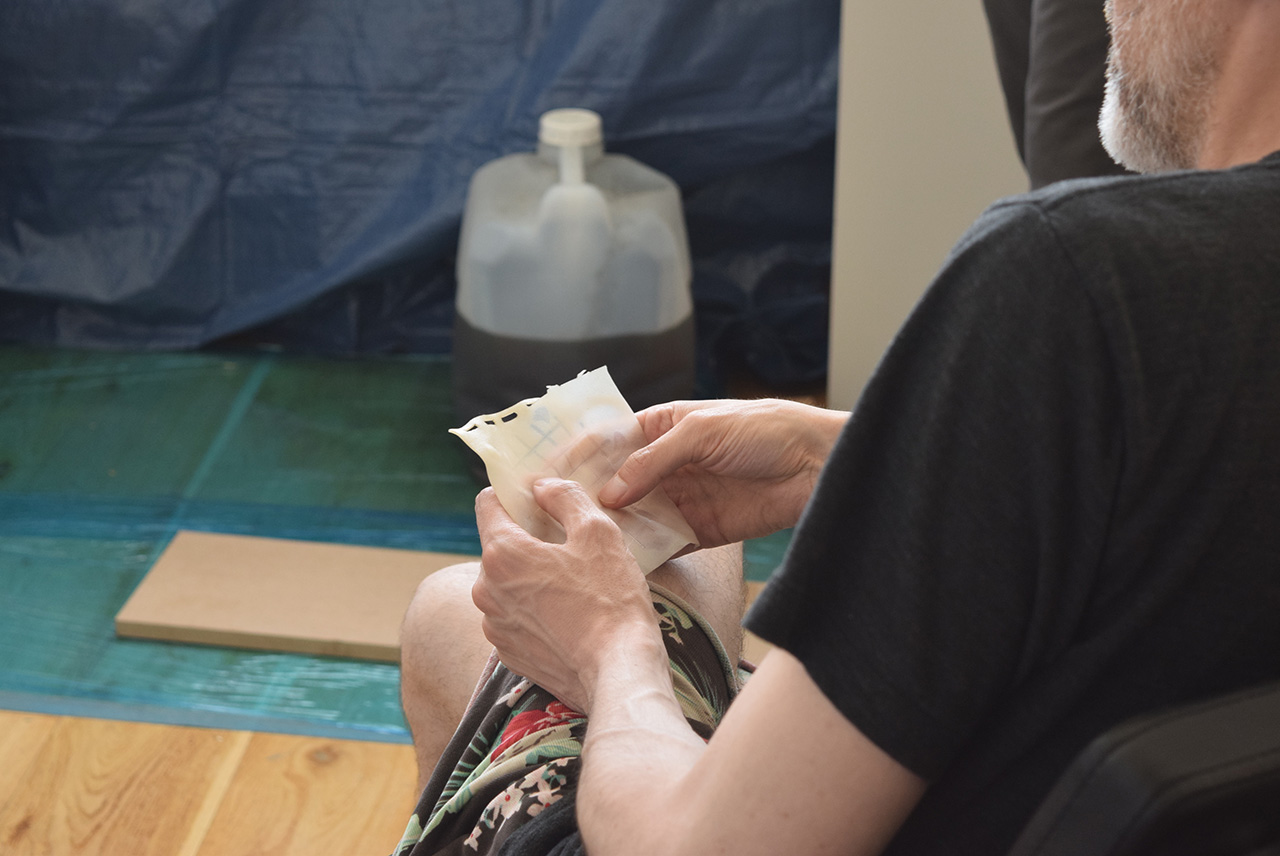
With thanks to all persons involved: Gabriel Shalom, film director, producer; Rhiannon Raw-Rees, food design; Eden Harrison, materials engineer/RCA; Elizabeth Lee, materials engineer/RCA; Natalia Karpukhina, materials bio-compatibility scientist. With external support from, Helene Steiner, opencell labs director and Katarina Mootich, Burberry materials.
Together, and with lead material exploration by Eden and Elizabeth, we formulated material values against several scenarios where these could exist in the near future – creating avenues for new bio-labours that help react against climatic changes in our environment.
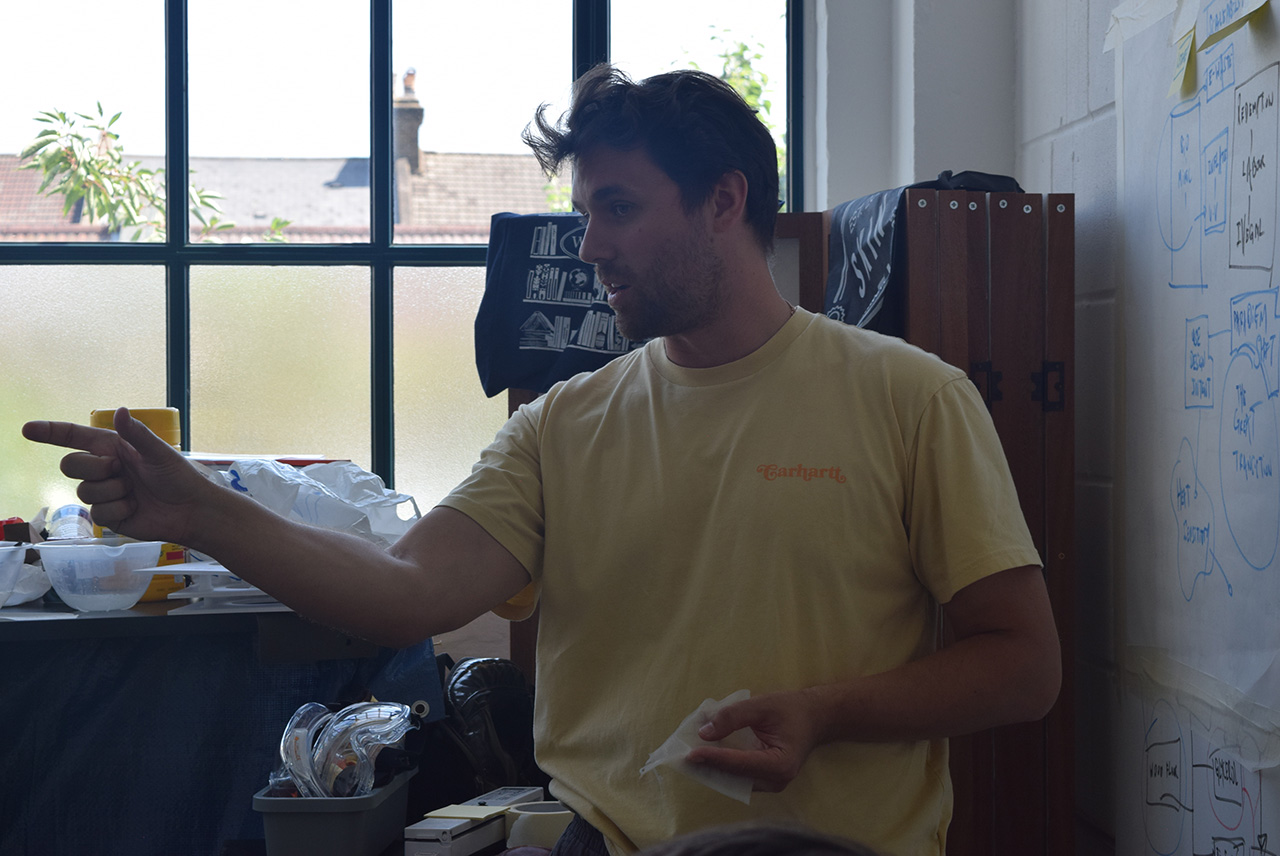
A themed overview was created titled ‘slow systems’, championing more efficacy rather than efficiency in waste management processes. Within the ‘slow system’ framework, we crafted sample material aggregates that can be produced in biofuel facilities in the near future - creating a material and energy production base.

Materials in flux: high strength ‘fat rubbers’
Exploration went into the use of 3D printed structures to then act as a scaffolding to stretch and warp ‘fat rubbers’ into a malleable form.
Scenario approaches: Materials that travel to harsh climates, disaster reaction. Easily transportable and robust upon build.
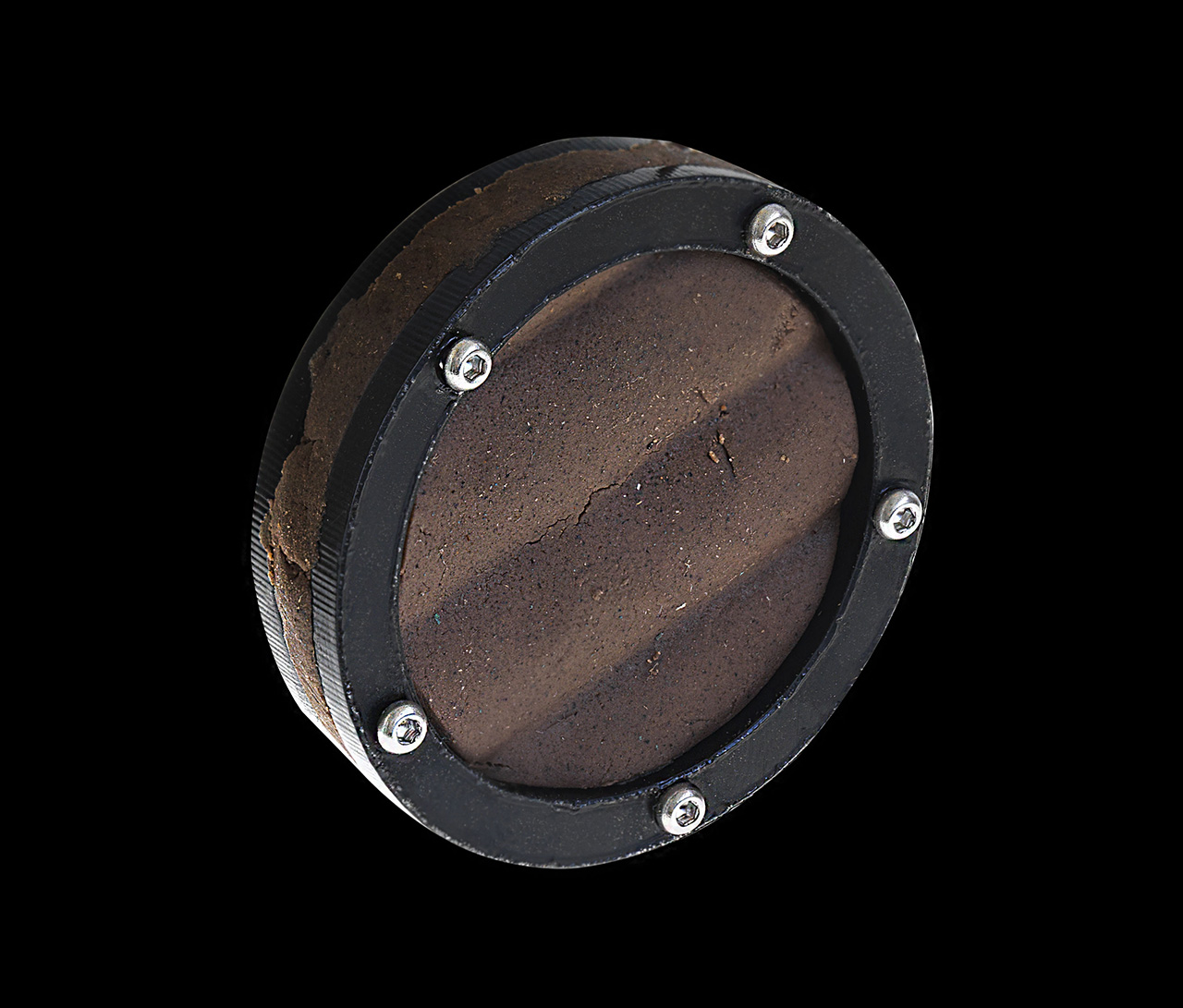
Illegal material waste streams. ‘Fat clays – future kitchens’
The dark side of the circular economy. Gutter oil, or trench oil is an illegal practice where street workers in China collect waste oil from the gutters and recycle it to be used again in the kitchens. To hide the smells, bentonite clay, a highly abundant material in northern China, is used as an attempt to purify its highly carcinogenic properties.
In a narrative twist – we used the illegal learnings to turn their underground system into a positive, legal material trade. Bentonite clay mixed with wood flour and glycerol serves at a potential for kitchen ceramics. Produced from local biofuel factories.
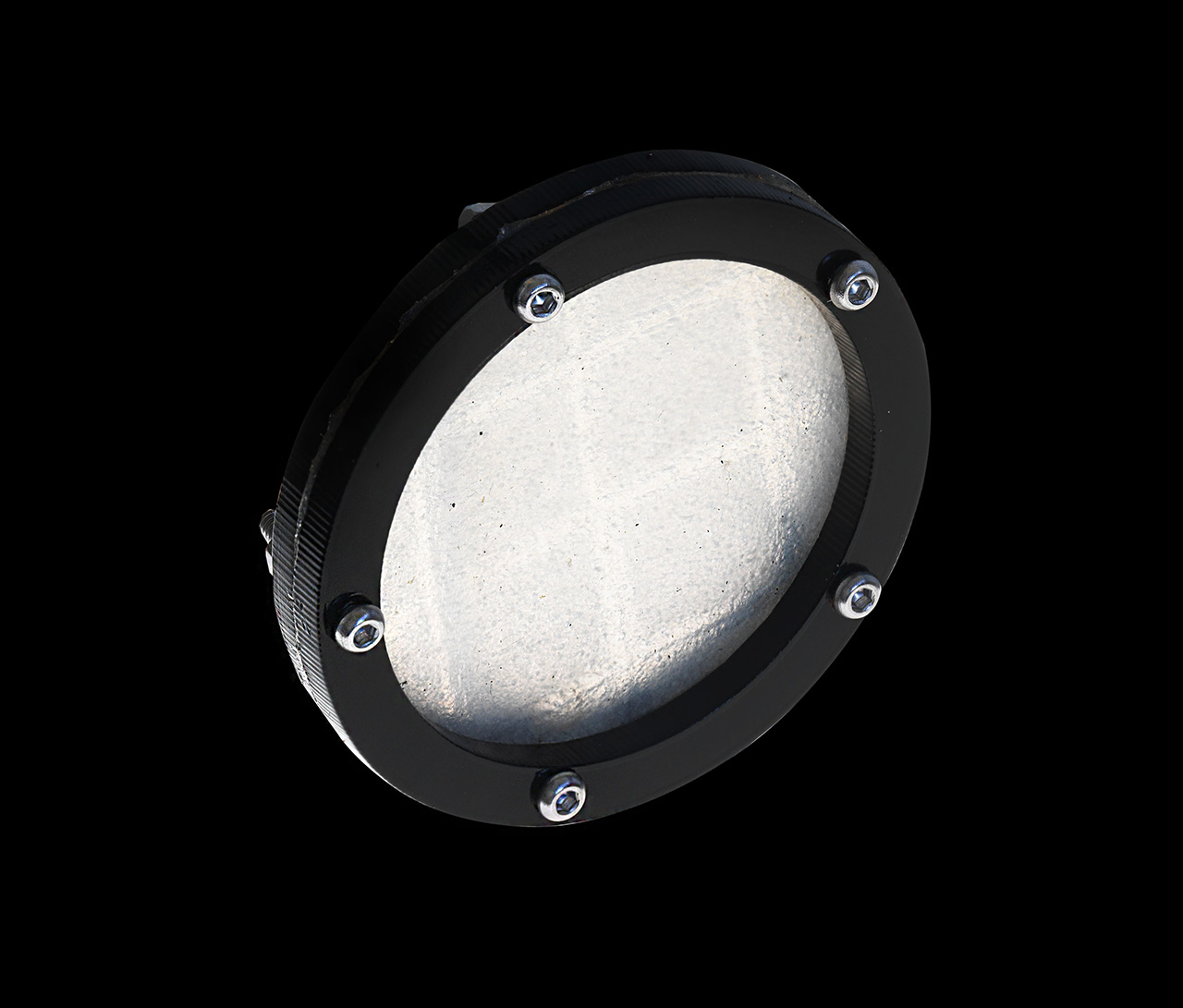
Climate signals: UV graphic sensors.
the opacity change that occurs at approximately 50 °C, a temperature at which heat becomes toxic to humans, holds significant relevance for a post-IoT (Internet of Things) future. In this envisioned era of reduced electrical resources and a greater reliance on analog solutions, having a visual indicator of toxic heat thresholds becomes immensely valuable..
Scenario: Materials become indicators for protective purposes. Disaster design implementation for rapid installation of a pop-up campsite.

Current conductive materials. Salt systems.
From the salt waste produced in biodiesel, we can harness these feedstock to play with conductive materials – the denser the material, the higher the resistance.
With this intriguing property in mind, our design intent focuses on the integration of thin films composed of waste fat, oil, and glycerine into various structures. These thin films can serve as efficient indicators of heat stress within a system. By incorporating them into the design of structures, we can monitor changes in electrical resistance, allowing for the assessment of temperature-related impacts.
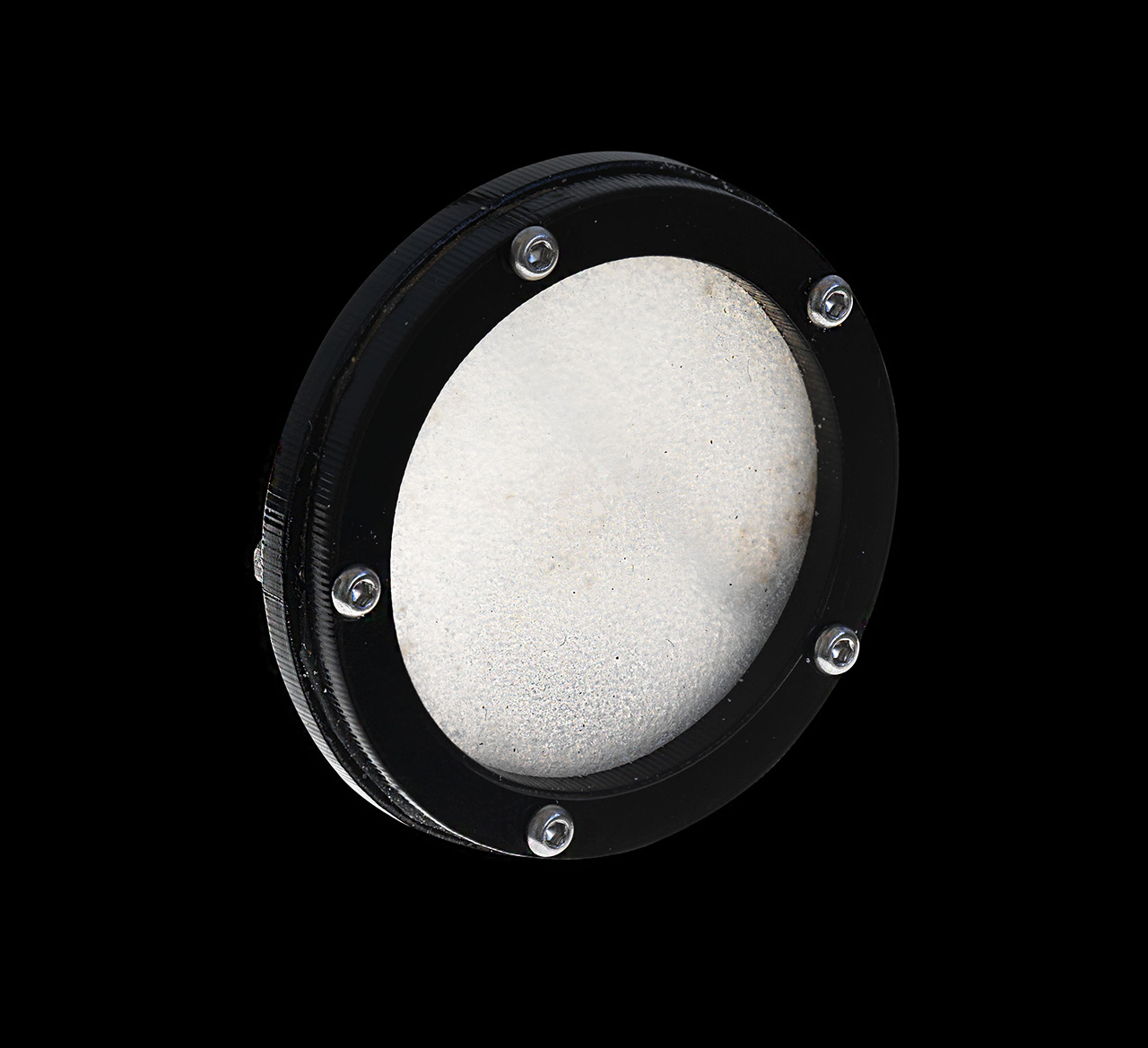
Pollen particle harvesting
In a post-petrochemical future where plastic bandages and petro-adhesives are banned or controlled. A world where extreme weather and pollution are affecting air quality and the atmosphere is becoming toxic.
We envisioned how the materials can harvest pollutants from the air, thin ‘fat’ films were created. With a bit of heat, they become slightly sticky – attracting pollen and other air particulates.
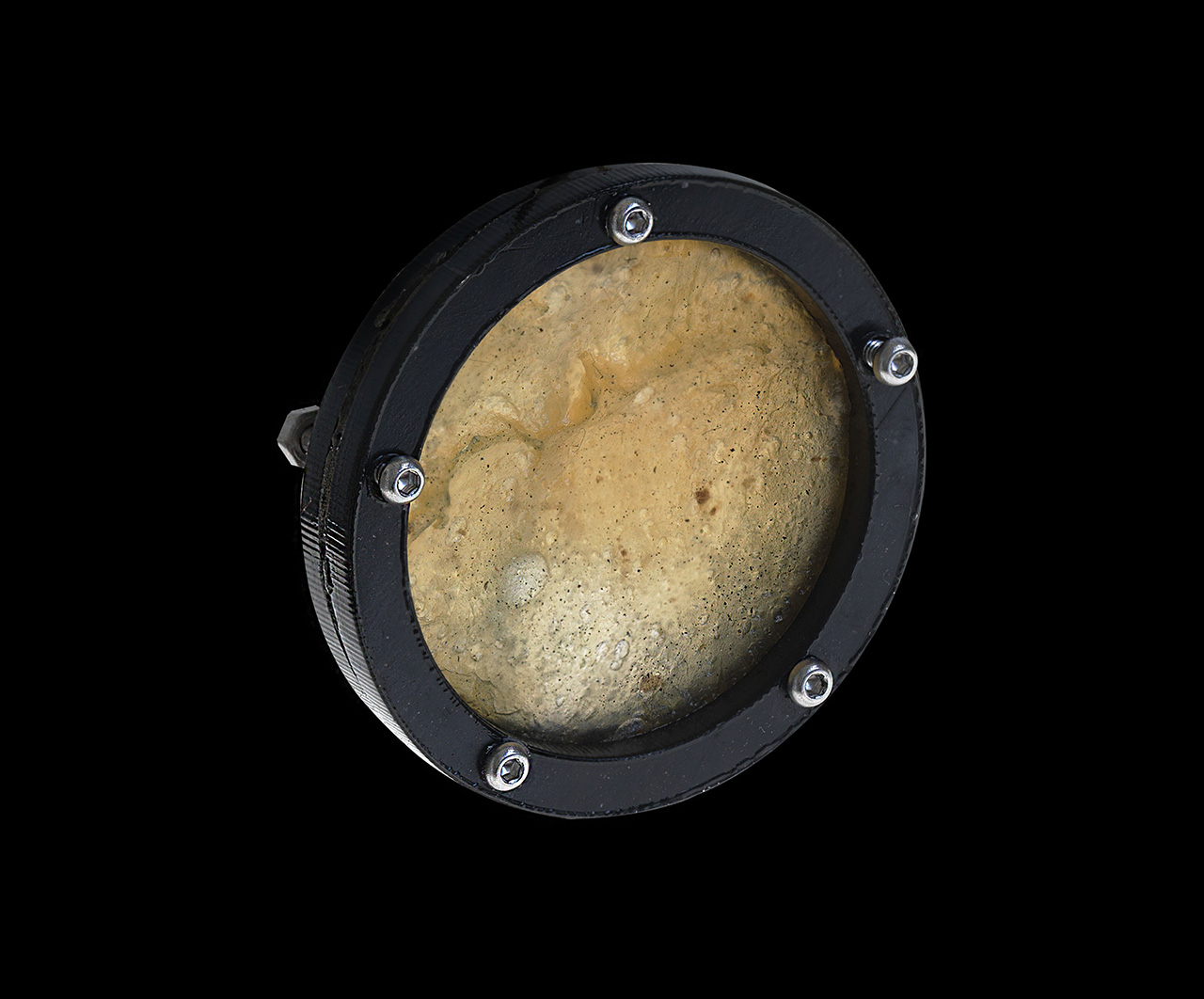
Fat inflatables
Utilizing air as a building block, several samples had the ability to be inflated.
In a future where materials need to work more in unison, the glycerol-based fat inflatable has the potential to act as insulation within a hostile environment. Controlling the depth of walls with air pressure with the dense fat material strengthening its boundaries.